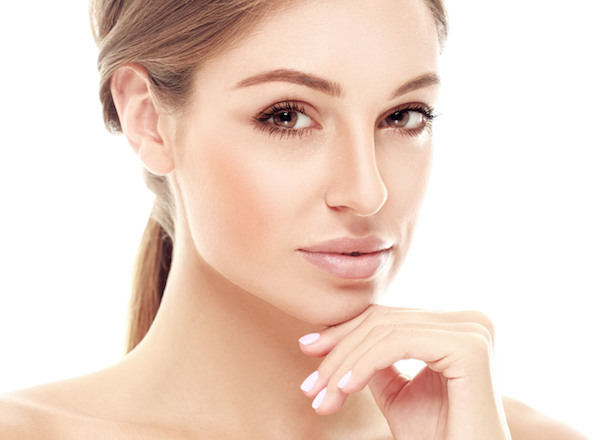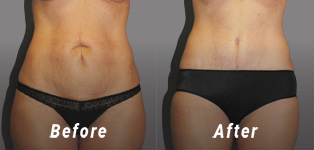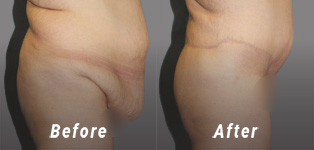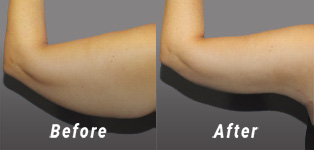Plastic Surgeon
Scottsdale


by Bonillas, Robert
Understanding the difference between chemical peels and laser resurfacing is important for addressing changes to your skin from aging, sun damage, and/or injury. Chemical peels can remove dead skin cells while exfoliating the skin to improve the appearance of sun exposure, wrinkles, freckles, and pigmentation. Laser skin resurfacing can address skin tone irregularities, but they are not always suitable for some Fitzpatrick skin types or individuals with sensitive, inflammation-prone skin. With non-surgical treatments, we can improve your skin’s tone and texture for a smoother, more youthful-looking appearance.
At Scottsdale Plastics, Dr. Robert Bonillas has decades of experience helping patients transform their appearance for lasting results. Do not hesitate to improve your skin with topical therapies that can address multiple concerns, including signs of aging and sun damage, for a brighter, more youthful-looking appearance.
Contact our office or call (480) 245-6380 to learn how Dr. Bonillas and his team can transform your appearance.
A chemical peel is a topical solution that aesthetic professionals apply to your skin to improve its tone, quality, and texture. The treatment can reduce the appearance of acne scars, hyperpigmentation, wrinkles, fine lines, and sun damage. If you have a dull complexion, chemical peels can brighten your skin by increasing your skin’s levels of collagen–a protein that helps it maintain its structure and elasticity. (1) We offer several different types of peels to rejuvenate your skin:
During a chemical peel treatment, we will cleanse your skin and apply the peel with a brush in a thin, even layer. We will distribute the peel evenly to ensure the treatment is consistent. The length of your treatment will depend on the type of peel you receive and the skin condition you want to address. After your peel, you may experience slight scabbing or peeling while your skin heals. You must avoid excessive sun exposure and wear sunscreen daily to protect your skin from damage. We may also recommend topical creams and/or medication, depending on your treatment plan.
Laser resurfacing is a treatment that reduces fine lines, wrinkles, and pigmentation with beams of laser energy that raise your skin’s levels of collagen. Lasers can tighten the skin to address signs of aging, and we can administer targeted beams of laser light to ensure an even treatment. Dr. Bonillas offers several Luminis Stella treatments at his office to help you improve your appearance:
During a laser resurfacing treatment, we can apply beams of laser energy to the skin in an even pattern to stimulate collagen production. The laser energy will generate heat to increase your collagen levels, which will improve your skin’s texture and tone over time. Dr. Bonillas may make multiple passes to rejuvenate your skin, and your treatment can last for up to an hour, depending on the size of the treatment area.
The best treatment for you will depend on your skin type and medical history. Suitable candidates for laser treatments or chemical peels often would like to address skin damage and signs of aging to significantly improve their appearance. Candidates must have realistic expectations about the results they can achieve with their treatments based on their skin type and medical history.
During your consultation, we will examine your skin to create a personalized plan based on your Fitzpatrick skin type. For patients with more melanin in their skin, we may recommend a series of peels or laser treatments. We will determine the most effective treatment plan and provide specific instructions about preparation and recovery. We can also recommend additional treatments if needed.
To learn more about the additional treatments we offer, see the blog!
The preparation process for both treatments is simple. You should avoid excessive sun exposure and take good care of your skin in the weeks leading up to your treatment. You should also stop drinking alcohol 24-48 hours before your treatment. We will recommend skincare products for you to use at home and specific instructions about how to prepare based on your personalized treatment plan.
Although your results will depend on the type of treatment you receive, most patients notice that their skin quality improves and their self-esteem increases afterward. Since both treatments resurface the skin, you can enjoy a more even skin tone and smoother skin texture. To maintain your results, you should continue to protect your skin from the sun and take care of it properly afterward. If you experience changes to your skin over time, we can help you maintain your results with a touch-up appointment.
Morpheus8 is a microneedling radiofrequency (RF) treatment that can address uneven skin tone, wrinkles, fine lines, and mild laxity. We can penetrate the skin with tiny needles that deliver radiofrequency energy. The energy heats the skin, which causes it to contract and stimulates collagen production. After the treatment, you can enjoy smoother, more even, and youthful-looking skin with lasting results as long as you avoid sun exposure which could result in more fine lines and wrinkles.
Latisse is a topical treatment that can help you grow longer eyelashes. As you age, thinning eyelashes and hair loss can affect your appearance and self-esteem. After Latisse treatments, patients noticed an average 26% increase in the length of their eyelashes. (2) During a Latisse treatment, we will apply the serum to your lash line to help you achieve thicker, longer lashes.
ZO® Skin Care is a collection of medical-grade skincare treatments that improve your skin’s quality by addressing signs of aging and skin damage. Some of the formulas also nourish your skin with growth factors and nutrients for long-lasting radiance. The skincare line contains a combination of enzymes and the powerful ZPOLY™ Complex to protect the skin from damage and diminish signs of aging.
The cost of your treatment depends on the type of treatment you receive and whether or not you need a series of treatments to achieve your aesthetic goals. Why wait to rejuvenate your skin when we offer topical treatments that can renew your appearance with minimal downtime? Schedule your consultation to learn more about the treatments we offer to restore your skin barrier, reduce signs of aging, and brighten your skin for lasting results. We can also discuss financing options to make your treatment more accessible.
Contact our office or call (480) 245-6380 to learn how Dr. Bonillas can enhance your appearance with minimally invasive treatments.
If you receive a deep peel or laser treatment, we can place you under anesthesia. Most treatments only require local anesthetic, but deeper phenol peels occasionally require sedation.
This depends on the condition of your skin. Most individuals notice significant results after a single treatment, but we will let you know if you need a series of treatments during your consultation.
Afterward, you may notice some slight redness or peeling, which is common as the skin renews itself and the increased collagen improves your appearance.
Although there isn’t an age limit, patients who want to address signs of aging or skin damage are typically the best candidates.


